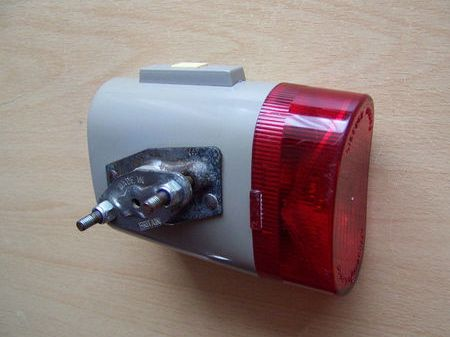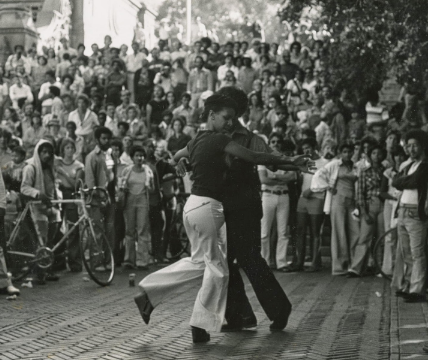Cycling is an exhilarating and eco-friendly mode of transport, but safety should always be your top priority. A rear bicycle light isn’t just a piece of gear—it’s a life-saving tool that ensures you remain visible to motorists, pedestrians, and fellow cyclists. Whether you’re a daily commuter or an occasional rider, picking the right rear light can make all the difference in your safety. Let’s explore why a rear bicycle light is essential and how to choose the best one for your needs.
Why Every Cyclist Needs a Rear Bicycle Light
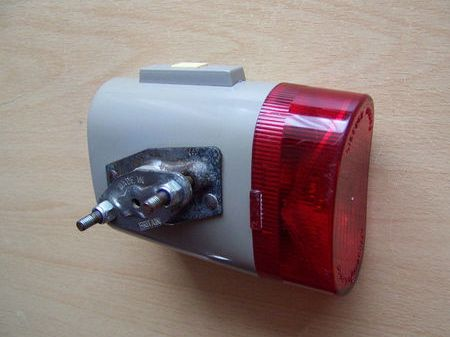
Picture this: You’re cycling home as twilight sets in. Cars whiz by, visibility is fading, and you’re practically invisible without a rear light. It’s a dangerous scenario that’s easy to avoid. A well-chosen rear light ensures you’re seen clearly, reducing the risk of accidents and giving you peace of mind on every ride.
But safety isn’t the only reason. In many regions, cycling without a rear light at night is against the law. A reliable rear bicycle light not only keeps you safe but also ensures you’re compliant with local regulations.
Key Features to Look for in a Rear Bicycle Light
Not all rear lights are created equal, and choosing the right one means understanding what features matter most. Here’s what to look for:
1. Brightness
The brightness of a rear light, measured in lumens, determines how visible you are in different settings. For urban cycling, 50–100 lumens is sufficient, but for rural roads or poorly lit areas, consider a brighter option—100–200 lumens or more.
2. Battery Life
Imagine your light going out mid-ride—not ideal, right? Opt for a light with a battery life that covers your typical ride duration, and go for rechargeable options when possible. USB-rechargeable lights are both eco-friendly and convenient.
3. Mounting Options
Your rear light should mount securely to your bike without wobbling or slipping. Common mounting spots include the seat post, saddlebag, or rear rack. Adjustable mounts allow for better positioning and maximum visibility.
4. Lighting Modes
A variety of modes—steady, flashing, or pulsing—make your light versatile. Flashing modes are excellent for grabbing attention during the day, while steady beams are better for nighttime rides.
5. Weatherproofing
Rain or shine, your light should perform reliably. Look for lights with an IPX4 waterproof rating or higher to withstand tough weather conditions.
Types of Rear Bicycle Lights
The market is brimming with rear lights, each catering to different needs. Here’s a breakdown of the most common types:
LED Lights
LED lights are a cyclist’s best friend. They’re energy-efficient, extremely bright, and long-lasting. Their compact size makes them a seamless addition to your bike without adding bulk.
Rechargeable Lights
These lights are powered by USB-rechargeable batteries, making them both cost-effective and environmentally friendly. They’re perfect for regular riders who value convenience and sustainability.
Solar-Powered Lights
Harness the power of the sun with solar-powered lights. These are great for eco-conscious cyclists but might not be the best choice in areas with limited sunlight.
Dynamo Lights
Dynamo-powered lights generate energy from your bike’s motion, ensuring you never run out of power. These are ideal for long-distance riders or anyone who values a self-sustaining option.
How to Properly Install Your Rear Bicycle Light
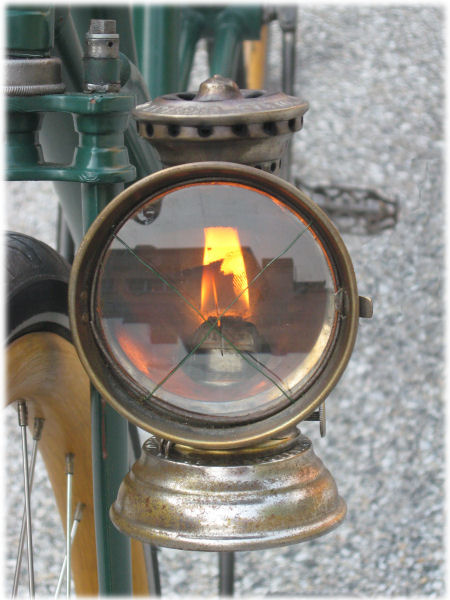
Installing your rear light correctly is crucial for visibility and safety. Follow these steps for an effective setup:
- Choose the Mounting Location: Most rear lights are mounted on the seat post, but you can also attach them to a saddlebag or rear rack depending on your preference and bike design.
- Secure the Mount: Attach the light’s mount securely using the manufacturer’s instructions. It should be tight enough to stay in place but not so tight that it damages your bike.
- Position the Light: Snap or slide the light onto the mount and adjust the angle slightly upward to maximize visibility from behind.
- Test the Light: Turn it on and check its visibility from a distance. Ensure it’s easy to see, and reposition if necessary.
Tips to Maximize Your Rear Light’s Effectiveness
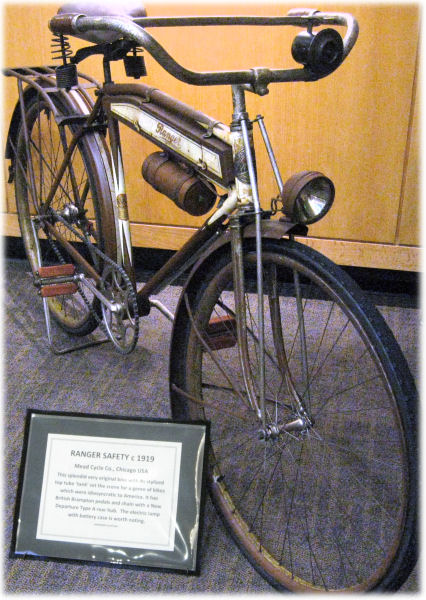
A rear light is only as good as how you use it. Here are some pro tips to make the most out of your investment:
- Keep It Clean: Dirt and grime can dull your light’s brightness. Wipe it down regularly to maintain optimal performance.
- Use It During the Day: A flashing rear light during daylight hours enhances your visibility in busy traffic, reducing the chances of accidents.
- Carry a Backup: For longer rides, bring an extra light or spare batteries. It’s better to be overprepared than caught in the dark.
- Pair with Reflective Gear: Amplify your visibility by combining your rear light with reflective clothing, vests, or ankle bands.
Top Rear Bicycle Lights on the Market
Not sure where to start? Here are some of the best rear bicycle lights available today:
- Bontrager Flare RT: Known for its high brightness and impressive battery life, this light is a favorite for urban cyclists.
- Cygolite Hotshot Pro 200: With multiple brightness modes and USB charging, it’s a versatile and reliable choice.
- Lezyne Zecto Drive Max: Compact, durable, and weather-resistant, this light is built for all conditions.
- Garmin Varia RTL515: A premium option with radar functionality, it alerts you to approaching vehicles for enhanced safety.
The Importance of a Rear Bicycle Light in Modern Cycling
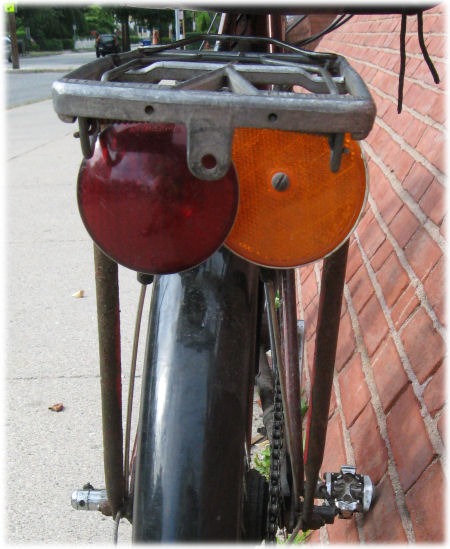
In today’s fast-paced world, staying visible while cycling is more critical than ever. With distracted drivers and congested roads, a rear bicycle light acts as your shield, making sure you’re seen in any condition. Its role in ensuring safety goes beyond compliance—it gives you the confidence to focus on enjoying your ride.
Conclusion: A Small Investment for Big Safety
A rear bicycle light might seem like a minor accessory, but its impact on your safety is monumental. Whether you’re navigating through busy city streets or riding along dark rural roads, the right light ensures you’re always seen and safe.
From selecting the perfect brightness to understanding installation, equipping your bike with a quality rear light is an essential step toward worry-free cycling. Don’t skimp on this life-saving tool—it’s a small investment that guarantees a brighter, safer ride every time
